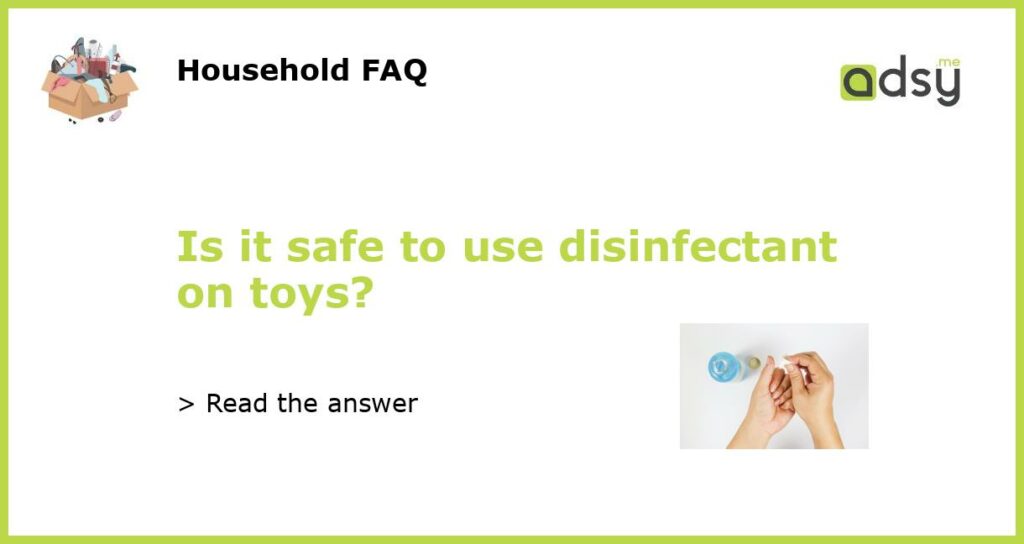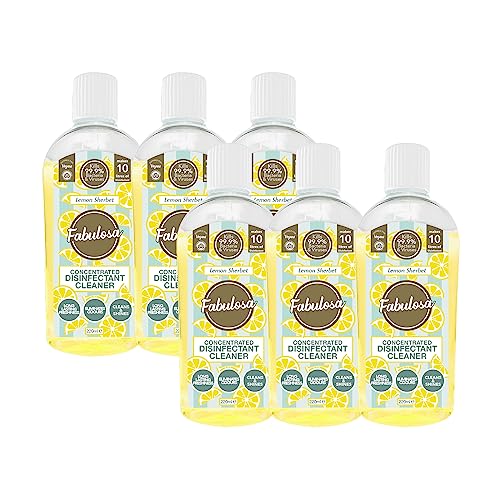What are disinfectants and how do they work?
Disinfectants are chemical compounds used to eliminate bacteria, viruses, fungi, and other harmful pathogens from surfaces. They work by disrupting the cell membrane or protein structure of the microorganisms, making them incapable of multiplying or causing harm. Common disinfectants include alcohol, bleach, hydrogen peroxide, and quaternary ammonium compounds (QACs).
Why do we disinfect toys?
Toys are a common source of infection for children because they are frequently touched and shared among kids. In addition, they are often dropped on the ground, exposed to bodily fluids, and attract dust and dirt. Disinfecting toys can help prevent the spread of illnesses such as colds, flu, stomach bugs, and COVID-19.
Is it safe to use disinfectant on toys?
Yes, it is generally safe to use disinfectants on toys, as long as you follow the instructions on the product label and use the appropriate concentration and contact time. Most disinfectants are safe for use on hard, non-porous surfaces, such as plastic, metal, and wood. However, some toys may be sensitive to certain disinfectants, such as those made of fabric, stuffed animals, or foam. In these cases, it may be better to wash the toy with soap and water or use a disinfectant specifically designed for soft surfaces.
What are some precautions to take when disinfecting toys?
It is important to use gloves and avoid contact with your eyes and mouth when handling disinfectants. In addition, make sure to ventilate the area and keep children and pets away from the cleaning products. After disinfecting, rinse the toys with water and let them air dry before giving them back to the children. It is also a good idea to disinfect toys regularly, especially after they have been shared or played with by sick children.
What are some alternative methods to disinfect toys?
If you prefer not to use chemical disinfectants, there are some natural and non-toxic alternatives you can try, such as vinegar, baking soda, tea tree oil, or hydrogen peroxide. However, keep in mind that these methods may not be as effective or reliable as commercial disinfectants, and may not be suitable for all types of toys. It is also important to note that some essential oils, such as thyme, oregano, and clove, can be toxic to pets, so avoid using them if you have animals in your home.






